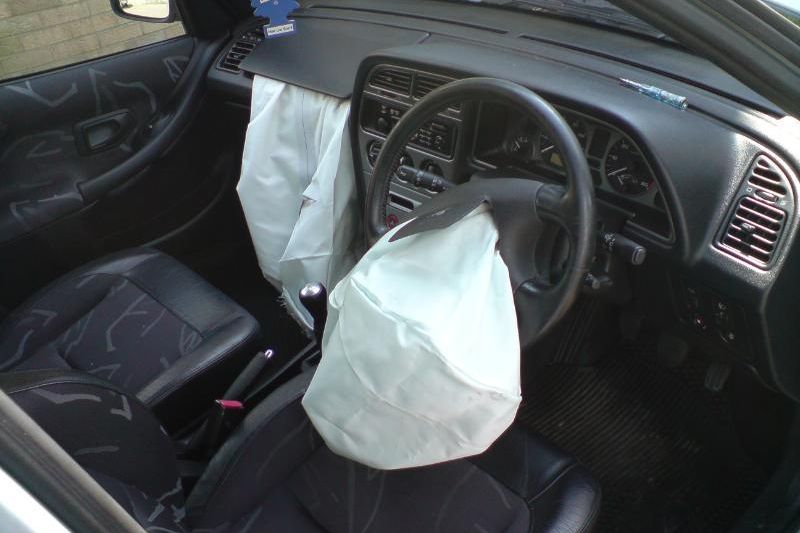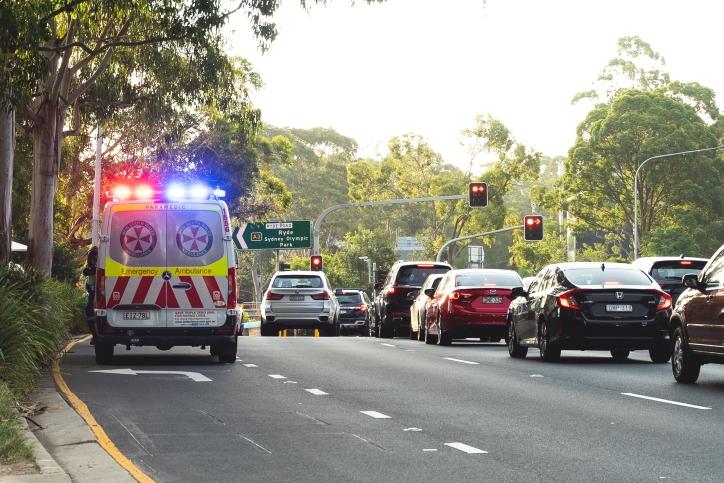The gap between Australia’s road toll and the Federal Government’s reduction target continues to widen, after transport deaths rose once again over the past 12 months.
The latest government data shows 1205 people died on the nation’s roads in the 12 months to June 30, an increase of 3.2 per cent or 37 deaths year-on-year. This is the highest rolling 12-month tally in the past five years.
The fatality rate of 4.6 per 100,000 people over the same period is also 1.2 per cent higher, adjusted for population increases.
On a calendar year-to-date basis Australia’s road toll over the first half of 2023 sits at 614 deaths, up 2.7 per cent. If this tally is matched in the second half the year, the subsequent road toll would be the worst since 1223 deaths were recorded in 2017.
The rising road toll – which hardly declined during COVID – runs counter to the federal government’s current National Road Safety Strategy, which has targeted a 50 per cent road death reduction between 2021-30.
The give this context, the rolling 12-month tally of 1205 deaths is 634 deaths (111 per cent) higher than the target of 571 road deaths annually by the end of this decade.
The data highlights the need for urgent and significant reform of Australia’s road trauma reporting and performance, said the AAA, the peak body for Australia’s state-based motoring clubs (NRMA, RACV etc).
It found the national road toll is now 20 per cent higher than where it would need to be if the national strategy – agreed by federal, state, and territory governments – was on track to meet its targeted pro rata reduction.
“Achieving this goal will require a new approach, as Australia’s road toll is steadily rising – not falling – and is already well over the trajectory consistent with meeting this target,” the body said.
It once again called on the government to require states to publish more detailed road safety data to create an evidence base for more effective policy responses.
The full data set is not harmonised into national figures – unlike the top-level road toll figures which do see the light of day. This limits insights around crash causes, serious injuries, road quality, or details of the vehicles involved.
“The available numbers show Australia’s current approach to road safety is not working,” claimed AAA managing director Michael Bradley, stating the federal government should consider withholding funding to states and territories until they supply more detailed crash data.
“It is not good enough that the Commonwealth can only tell us how many people are dying on the nation’s roads, but they can tell us nothing regarding the causes of our rising rates of road trauma.
“The Government needs to create an evidence base that can enable more effective road safety policy, and for this to happen, states must publish the data they possess on the state of their roads, the crashes occurring on them, and the factors causing them.
“Publishing this data will allow all governments to work on practical policies to drive change and save lives.”
Road deaths in Australia
- 2018: 1135
- 2019: 1186
- 2020: 1097 (death rate fell less than average driven mileage did during COVID lockdowns)
- 2021: 1130
- 2022: 1189
- 2023 to June 30: 614 (up 2.7 per cent YoY)
- 2030 target under NRSS: 571
Source: BITRE.gov.au
MORE: Australia’s road safety strategies are failing badly, say motoring clubs
MORE: Why is Australia’s road toll up, despite speed cameras and safer cars?






